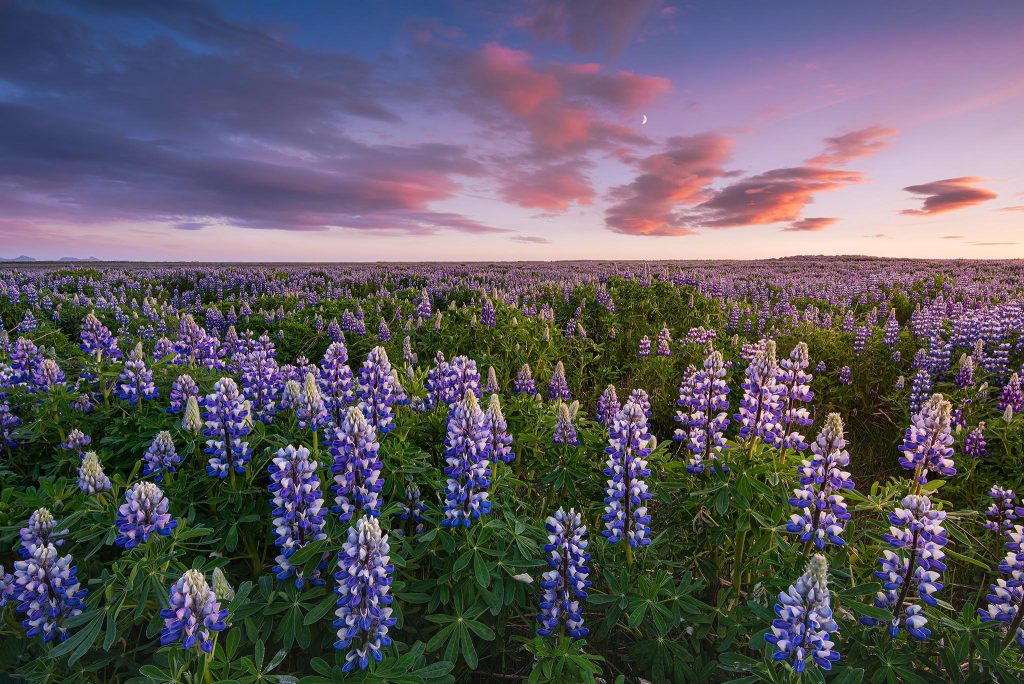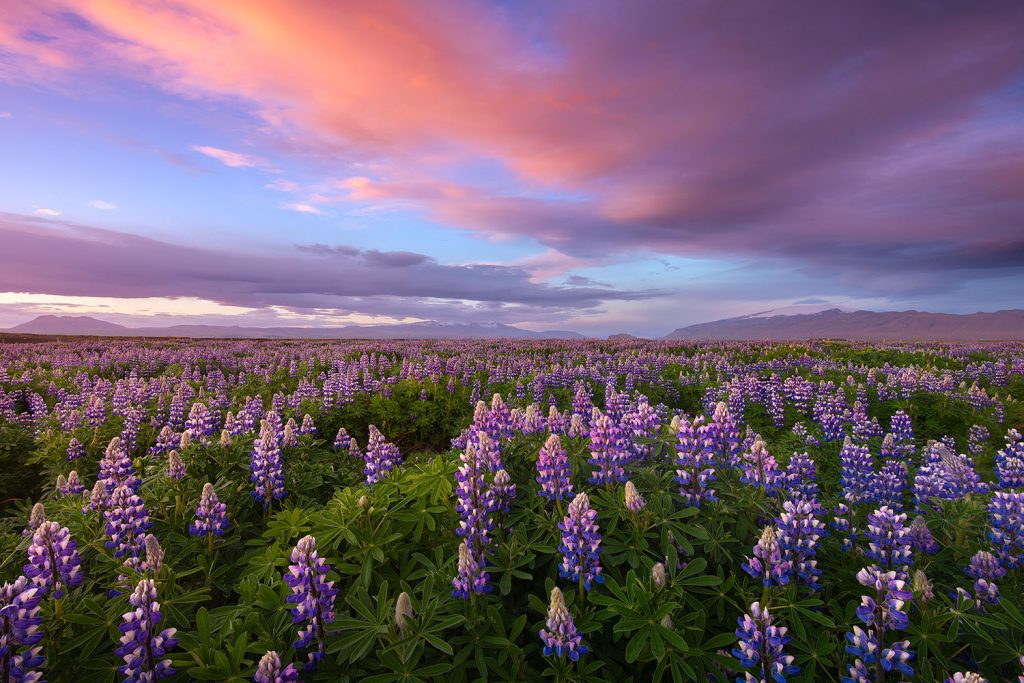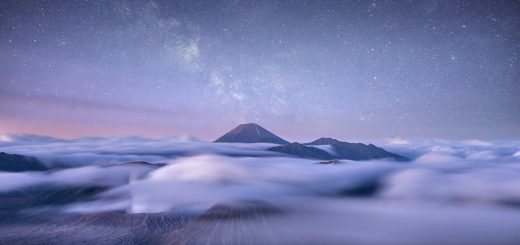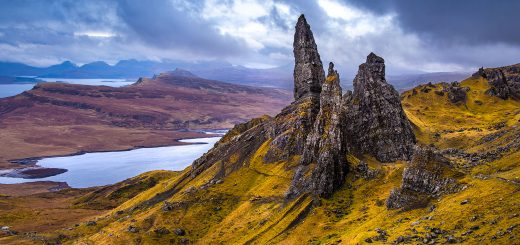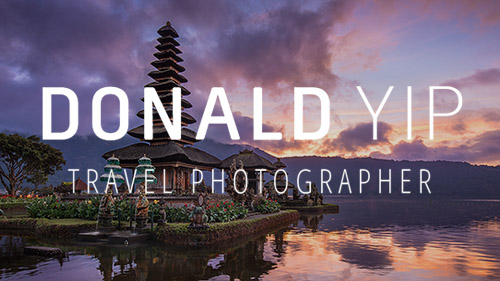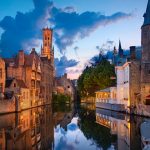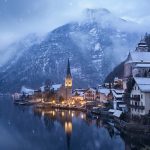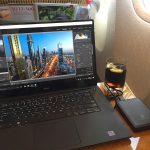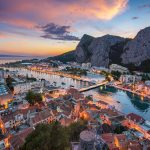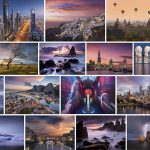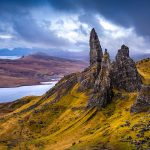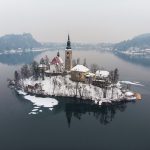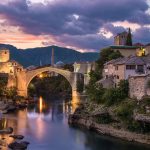Incredible Iceland – Best Photography Locations & Tips
I’m sure you’ve all seen images from Iceland by now. It’s popularity in recent years has exploded, part due to the huge tourism drive that was launched post-GFC in 2011, but also in-part because it is just so damn beautiful!
Iceland’s main drawcard lies in it’s immense and other-worldly natural beauty – there is a reason it’s known as the land of fire and ice. From huge, roaring waterfalls, the aurora borealis, the midnight sun, geothermal pools, geysirs, vast canyons, to some of the worlds largest glaciers. And the majority of it is free too, I might add.
With the above in mind, for photographers, Iceland is like a dream trip to Disneyland to a 4 year old. Quite simply, there is nowhere else like it in the world.
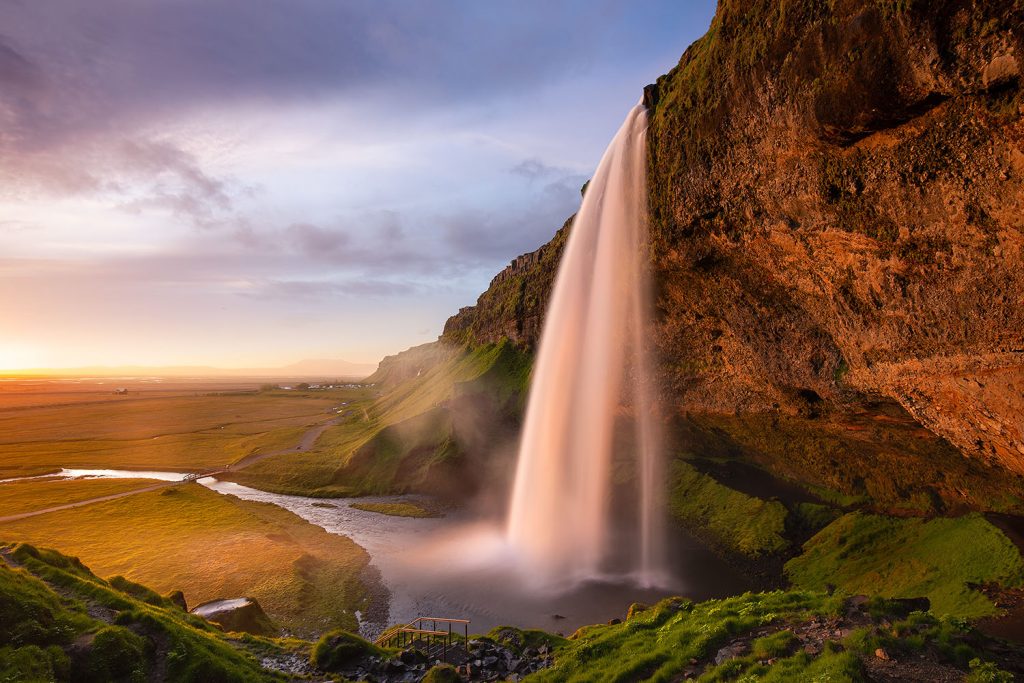
I’ve had the privilege of travelling to Iceland multiple times, most recently in the tail end of October for the wintry northern lights season, and then again in June for Spring, where the midnight sun means the sky is never dark.
Here are some of my highlights and tips I’ve gathered for those wanting to travel to Iceland, and getting the most out of your trip photographically.
Aurora Borealis
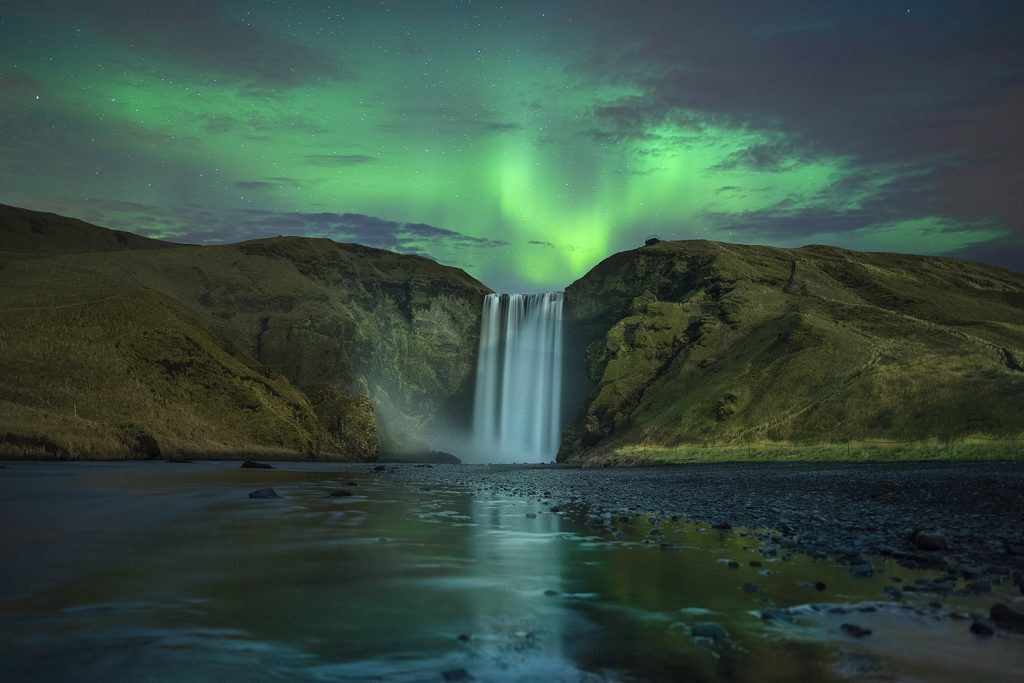
A main attraction for those wanting to visit Iceland – and for good reason! You can only see these in certain months when the sky is dark enough. From experience, the sweet spot is Sep/Oct and March – the weather is generally milder, and skies seem to be clearer more often. But this is Iceland, so no weather is ever guaranteed – you could be there in May when spring is starting, and still get insane blizzard conditions.
We usually hunted for the aurora between 7:00PM-1:00AM. Sometimes we waited hours for them to appear, and other times we’d walk out of the accommodation and they would be dancing in the sky.
Keep in mind, even a KP3 can be absolutely mind blowing, or it could be a complete fizzle! You have to be patient.
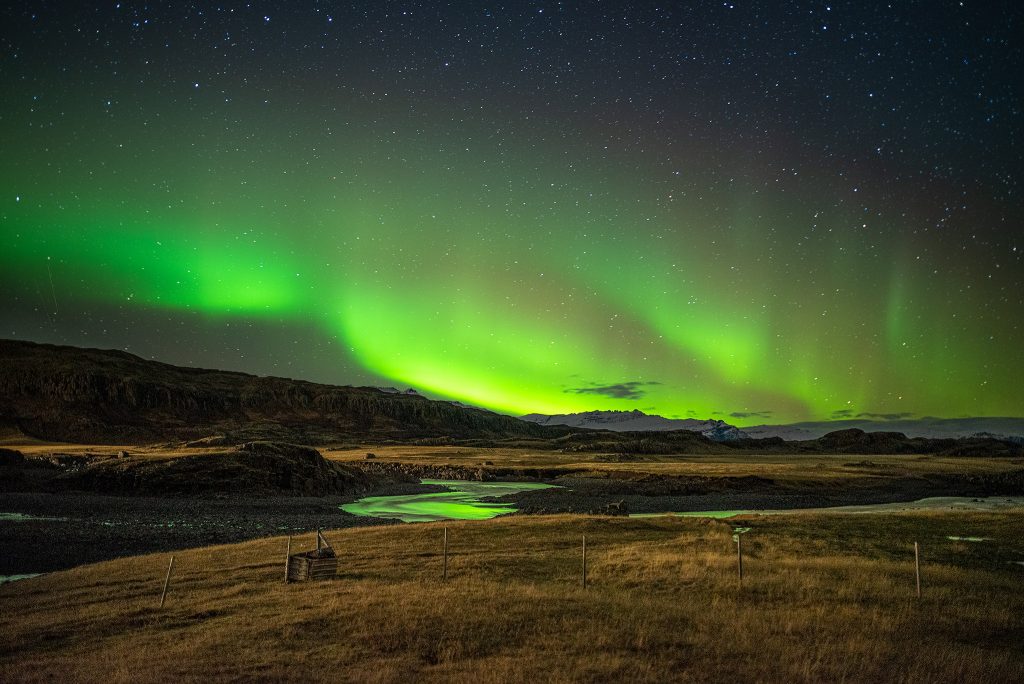
I would suggest scouting spots during the day where you would like to see/photograph the aurora, and mark them down on Google Maps or note it somewhere. Try find a nice, open space, and perhaps with a body a water the aurora can be reflected in. Also, in general, there is a higher chance to see them facing northwards.
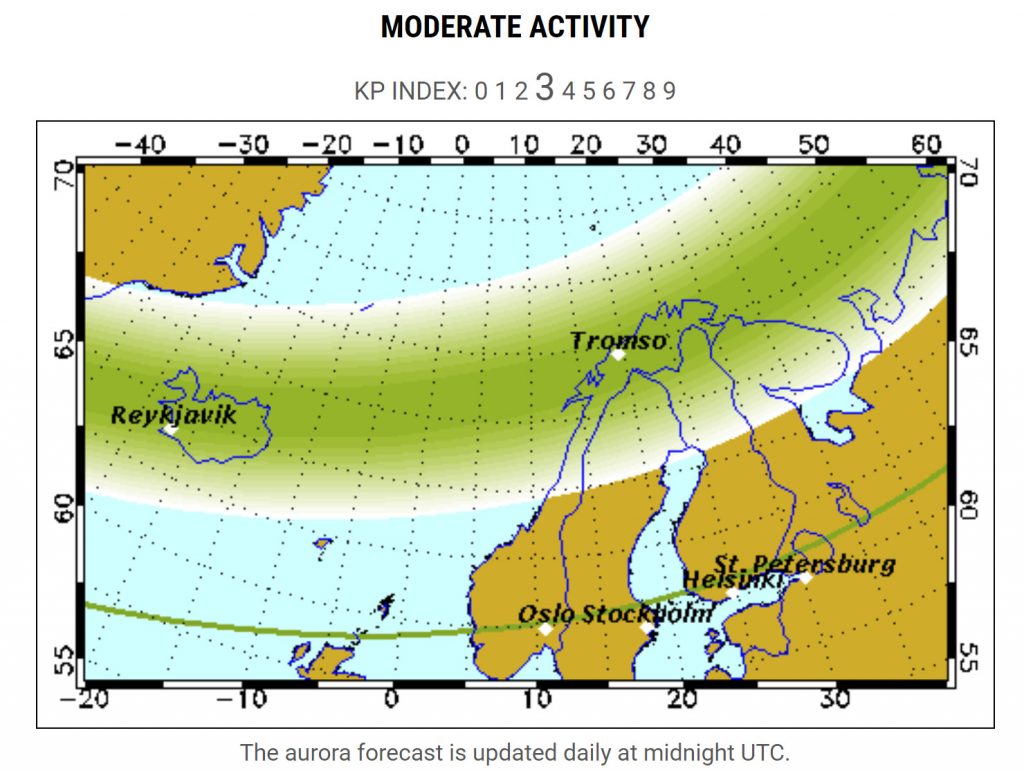
I used the below links for aurora forecasting:
Aurora forecasts:
https://en.vedur.is/weather/forecasts/aurora/
http://auroraforecast.gi.alaska.edu/
Transportation & Roads
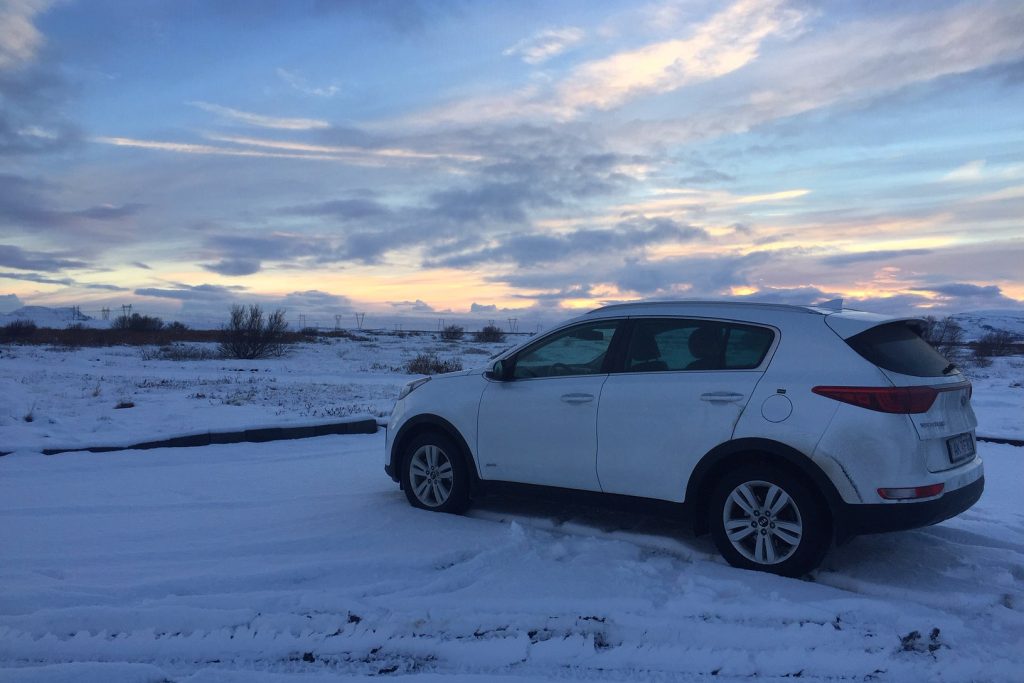
Car/campervan hire is a must. There are a very large number of companies offering this, but we’ve gone with Lotus Car Rentals, who have been amazing throughout. I’d recommend picking your car up at Keflavik Airport and going from there. There is a shuttle bus that takes you to the car hire depots, but depending on how much luggage you have, you can also easily walk to this area which takes about 5 minutes.
In winter, we hired a 4X4 (Kia Sportage – complete with steering wheel and seat warmers, mmm), and then in spring, a smaller Toyota Aygo as we knew we were only going to primarily navigate the ring road.
We didn’t hire a GPS – Google/Apple Maps works pretty much anywhere on the number 1 ring road and within the Golden Circle, the majority of the time with full 4G connectivity. Sometimes we’d literally be out in the middle of nowhere on an hours long hike, and still have a blazing fast 4G signal.
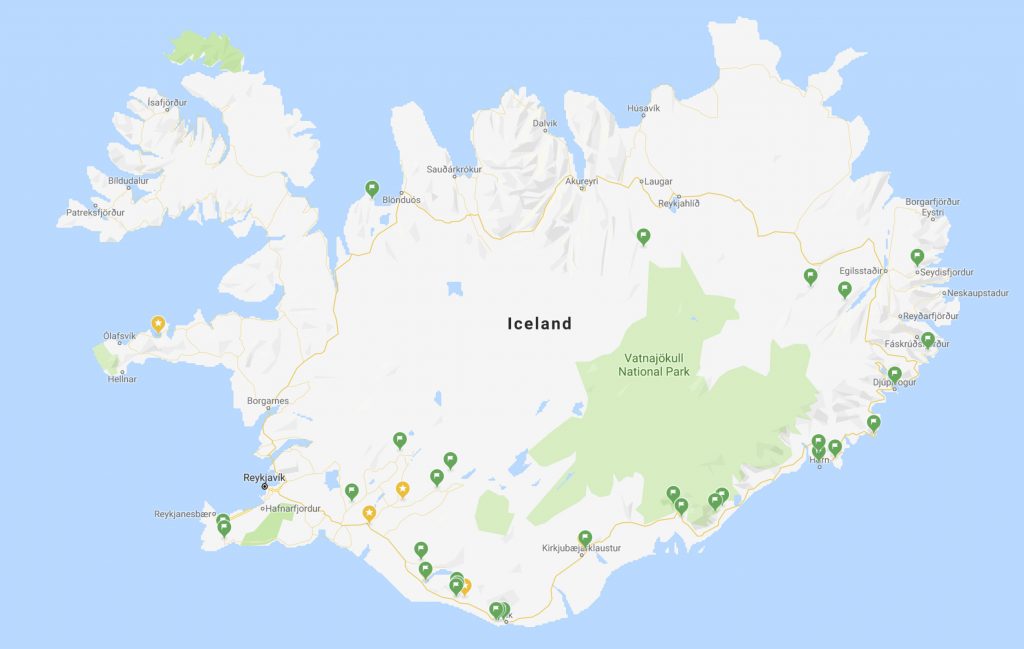
You’ll likely be staying on the A1 main highway most of the time, as the majority of sights are just off this. It’s ploughed and cleared 365 days of the year. If you’re going inland or into the highlands, best to check the below official site for road closures, especially in winter and the colder months, as snow can be on the road in spring/summer/autumn:
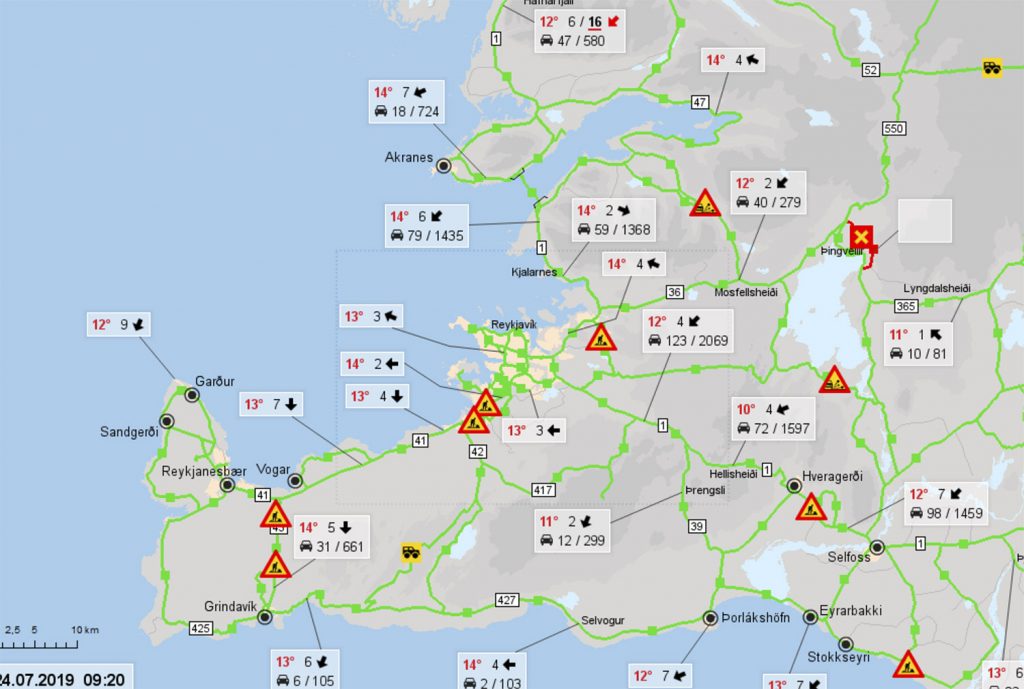
http://www.road.is/travel-info/road-conditions-and-weather/
Accommodation
There are multiple options for accommodation, and all will be dependent on your budget. You can sleep in cars/campervans, pitch tents (ideally in the warmer months only), but we stayed in housed accommodation. We booked all of it through website aggregators such as Booking.com.
The majority of accommodation you’ll find in Iceland are home and farm stays – basically, a big house with multiple rooms, with shared bathroom and kitchen facilities.
These were our go to because they are plentiful, cheaper than hotels, and can be located in very remote parts of Iceland – crucial if you don’t want to drive for hours for sunrise or sunset photography sessions. The hosts have always been super friendly, and other guests are usually very quiet and respectful.
We had a few noisy nights in Vik/Skogafoss at a fairly busy hostel/homestay, but for the majority of places we stayed at, they’d score between an 8 to 10.
Equipment
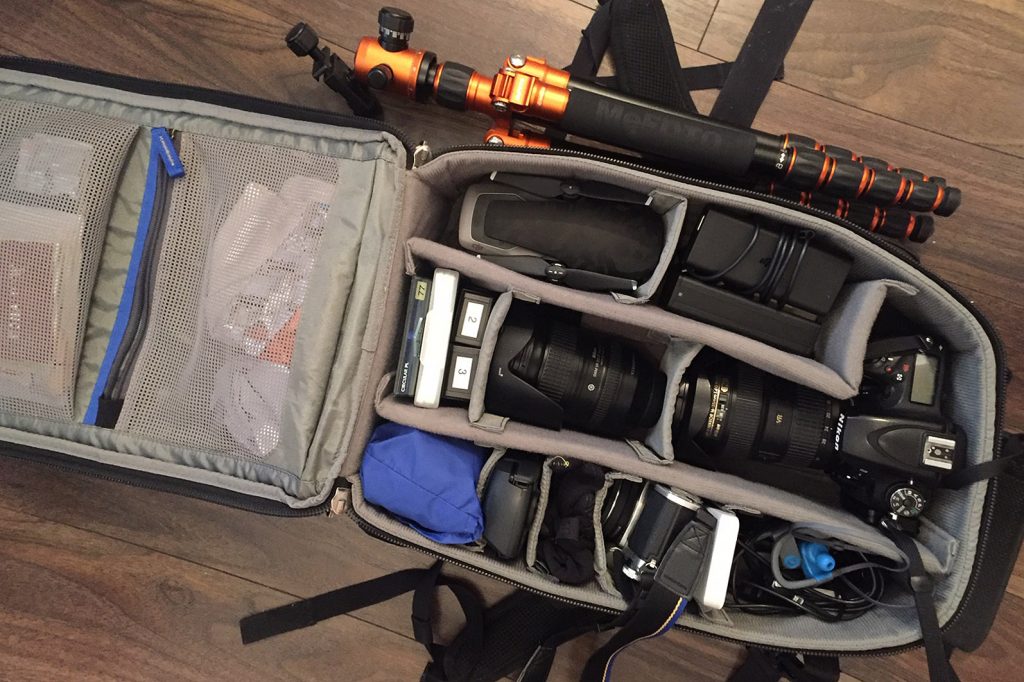
Even though we have a car, I usually like to keep my photographic equipment generally ‘lightweight’. But take as little or as much as you please. For a more detailed list of what I photographic equipment brought to Iceland, you can check it out here:
https://kit.com/donaldhyip/travel-photography-kit
In terms of clothing, it’s pretty well covered if you do a Google search, but bring warm clothes. Obviously it gets freezing cold in winter (particularly if you’re out waiting for the northern lights), but I found that even in the warmer spring/summer months (June/July), it got close to zero when out photographing around midnight/early morning.
Food
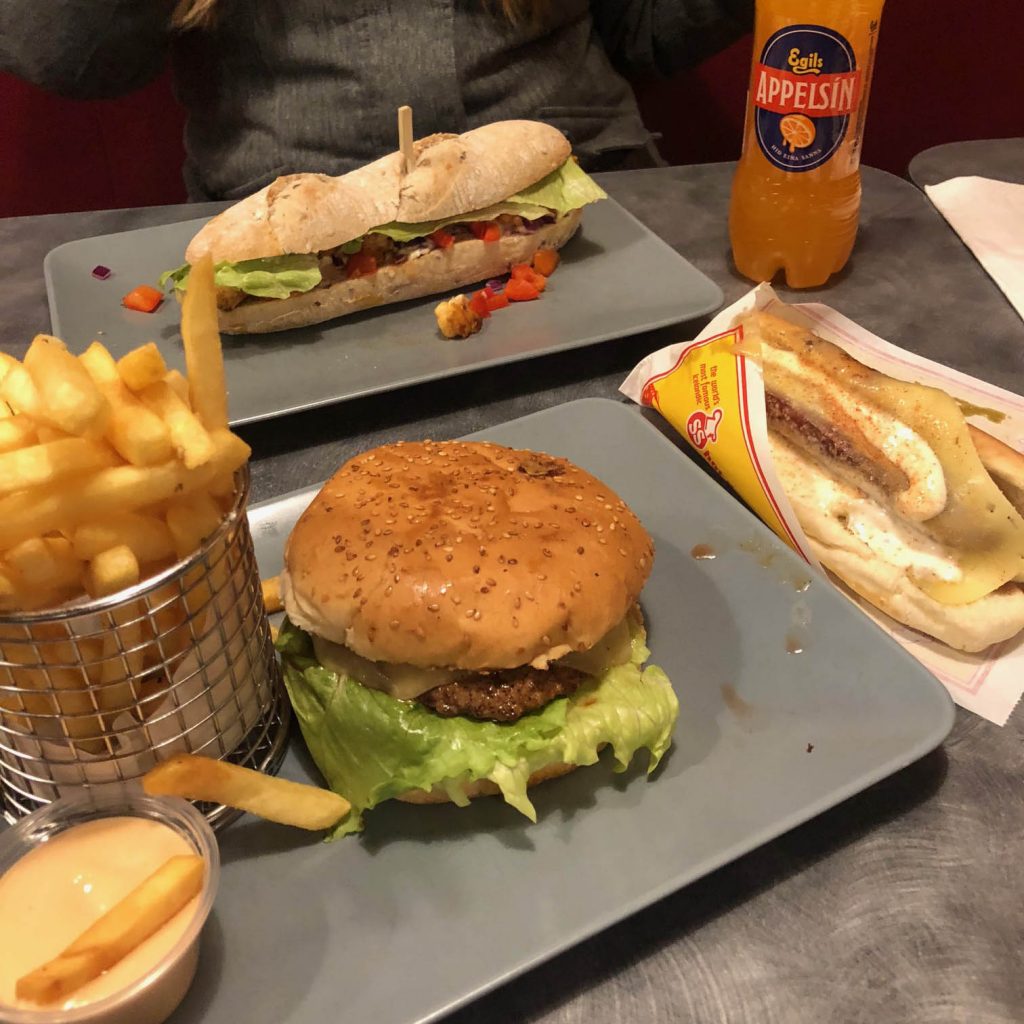
We alternated between days buying food from the supermarkets (scattered throughout the ring road) and cooking them in our home/farmstays, and going out for dinner at a local restaurant.
The supermarkets are not crazy expensive compared to UK standards, but not cheap either, especially for fresh meat/fish. We made a lot of pasta/rice, and tried our hand at making the famous Icelandic hot dogs (complete with Icelandic Remúladi (Remoulade)).
When we dined out, most restaurants had a few burgers on the menu, which was also usually the cheapest option. Believe it or not, Iceland has some seriously damn good burgers! Our favourites were:
– Willy’s Burger at Papa’s Restaurant in Grindavik
– Langoustine Roll and any burger off the menu at Hafnarbuðin in Höfn
– The hamburger from Systrakaffi in Kirkjubæjarklaustur
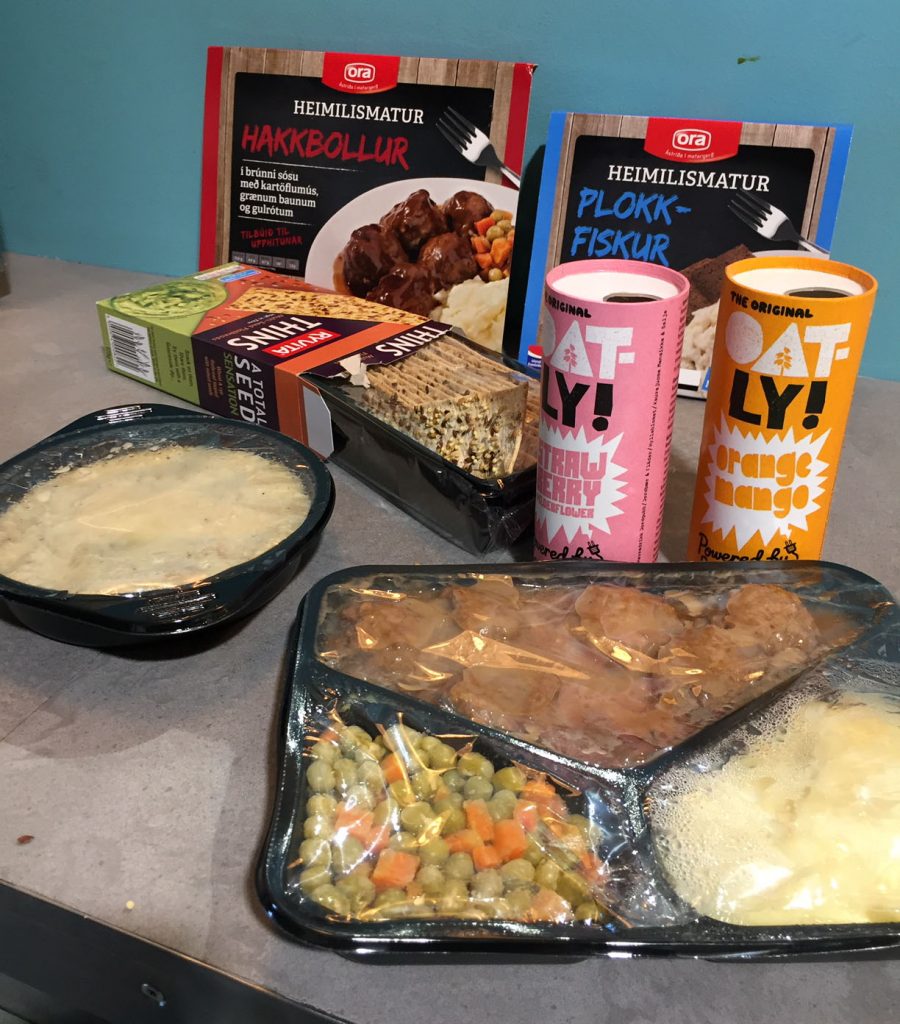
Waterfalls
Many of the main attractions in Iceland are waterfalls (or foss in Icelandic), and they are insanely beautiful and unique. Here are some of my favourites (mostly in the southern Iceland region), but there are so many more dotted around the country!
Some will be packed to the brim with tourists, and others will be hidden, nameless, by the side of the road or tucked away on private farm property. You should be able to enter all of them into Google Maps for route plotting purposes.
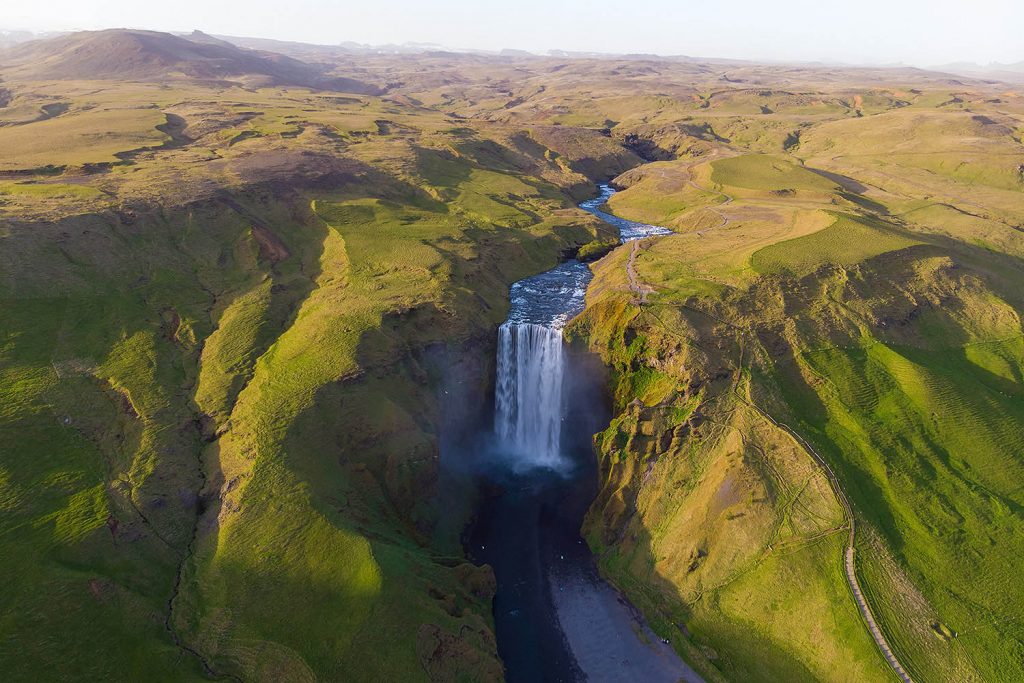

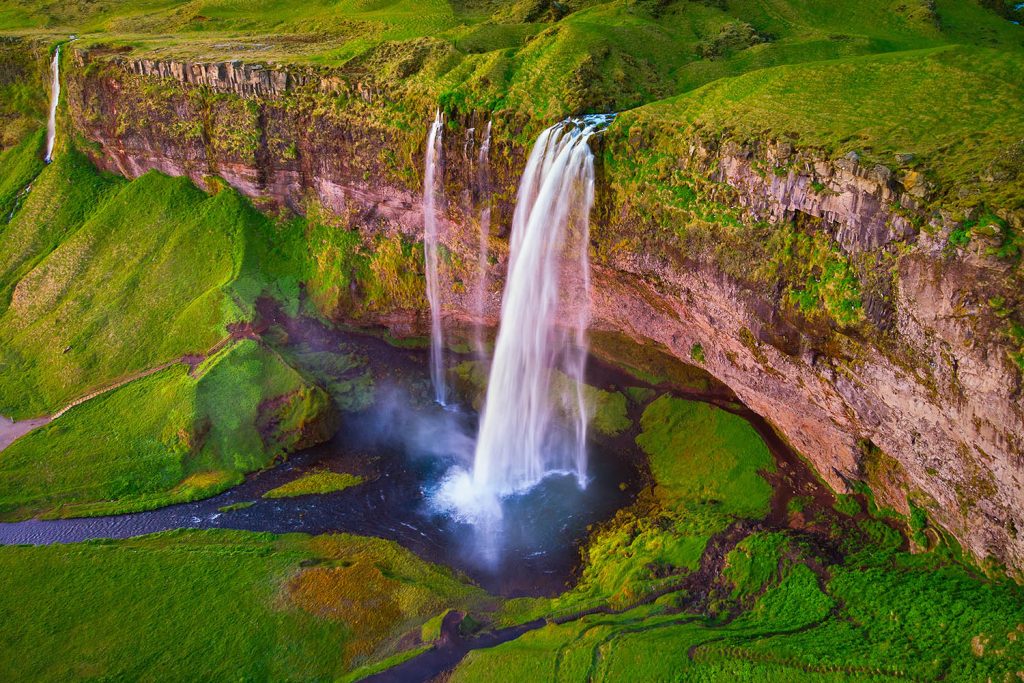

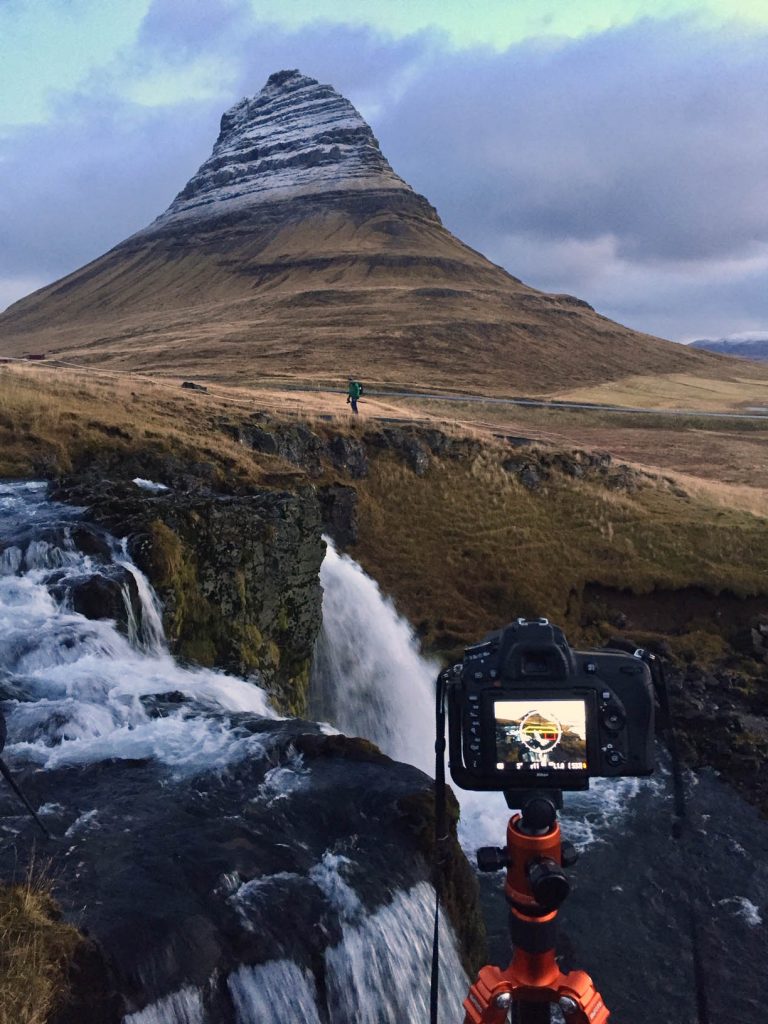
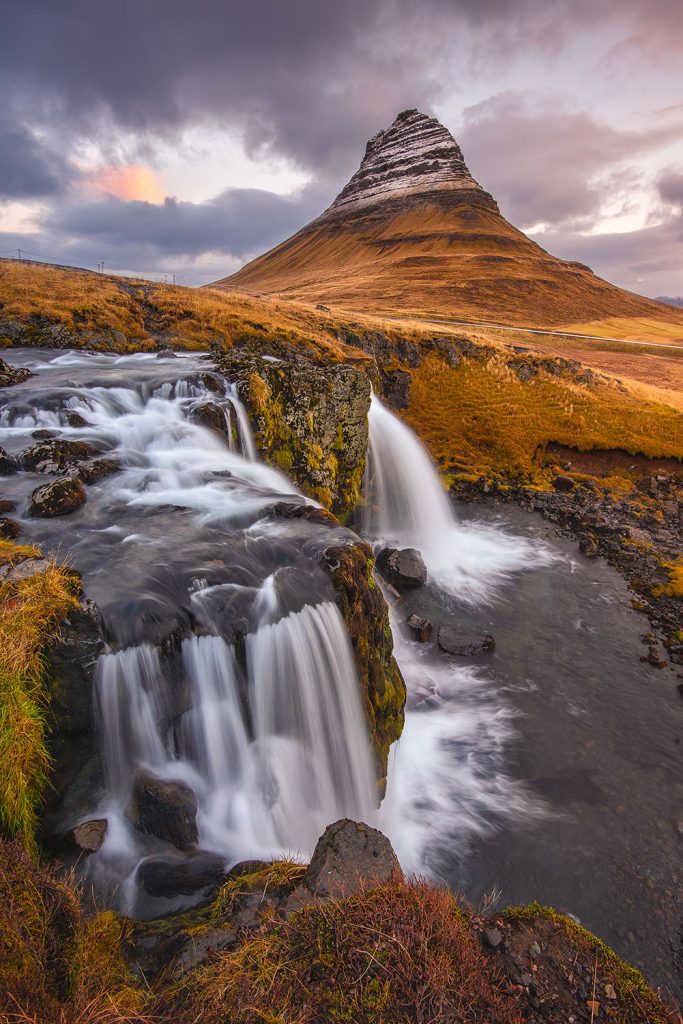
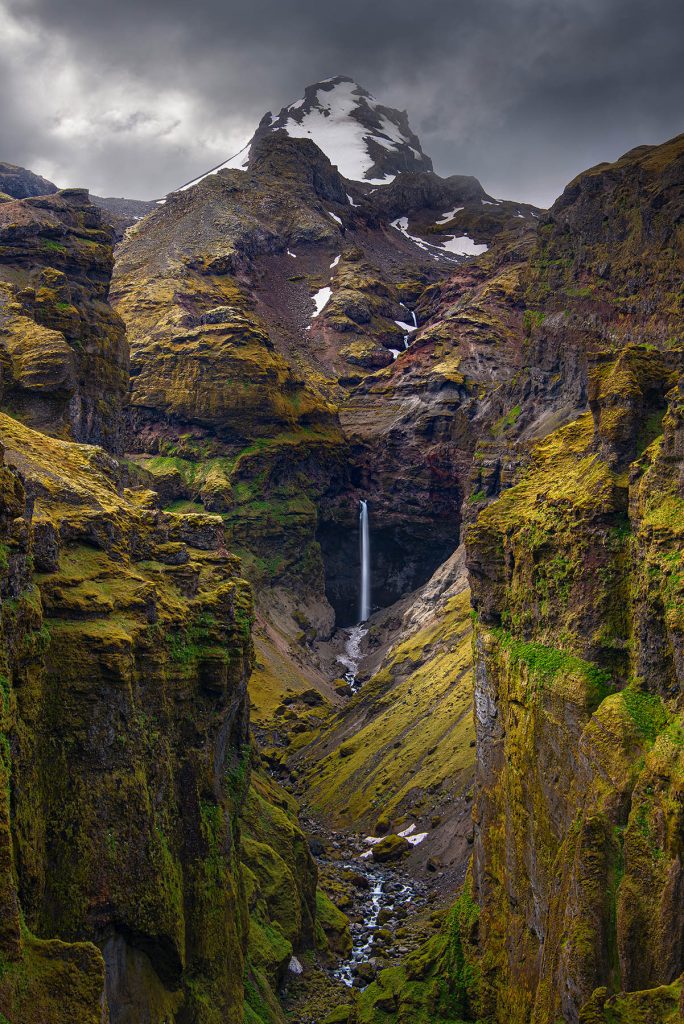
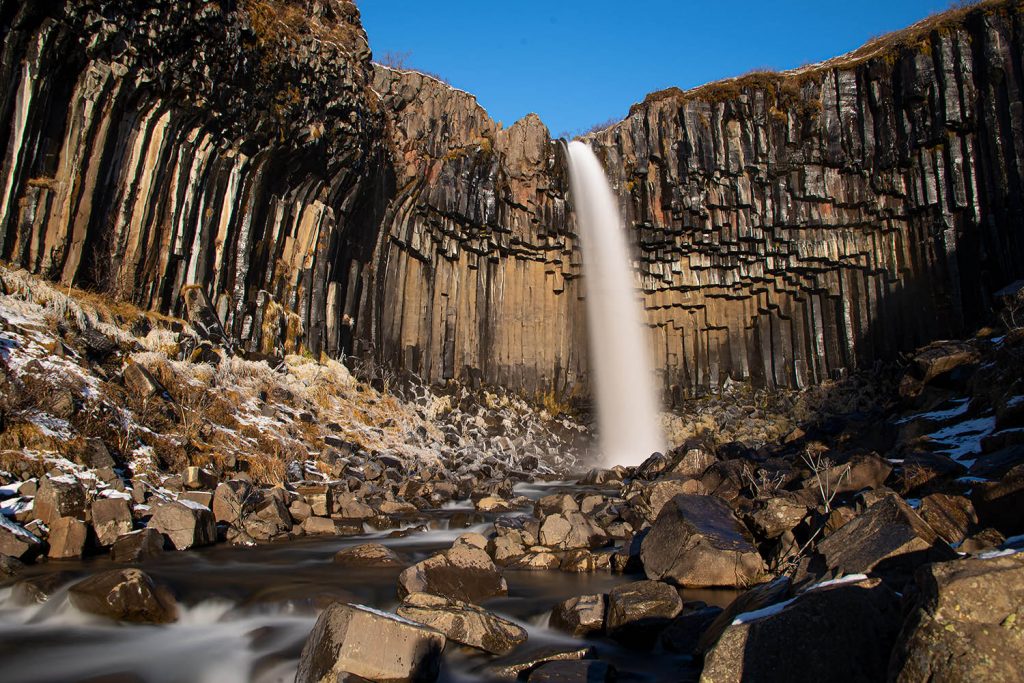
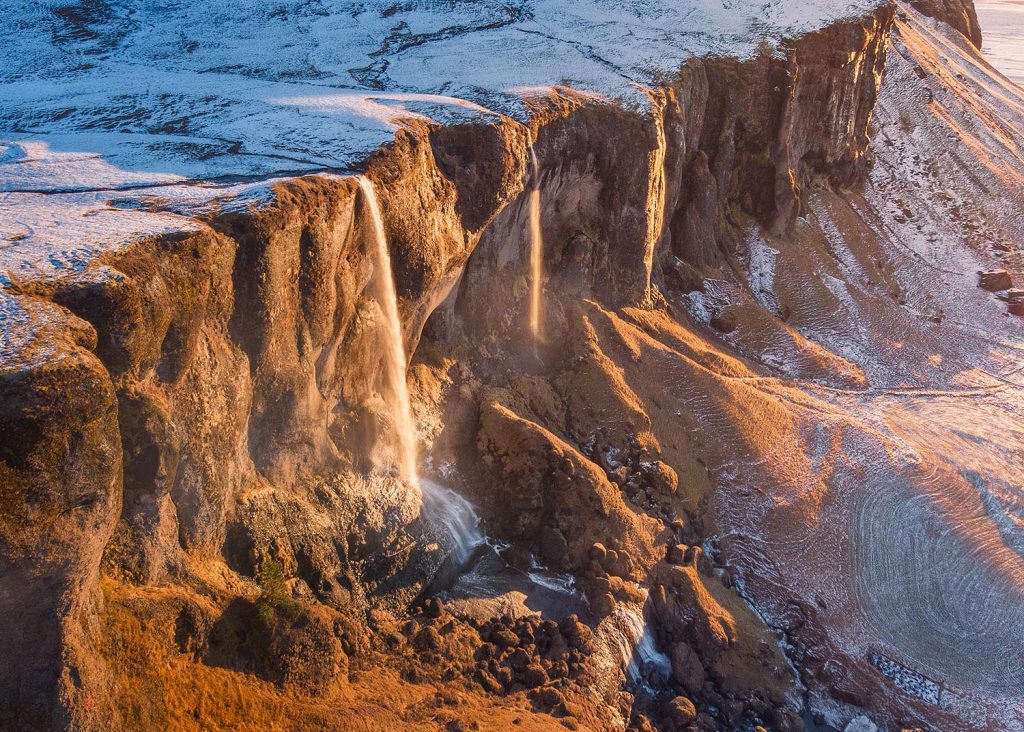
Diamond Beach
Situated opposite the Jokulsarlon Glaccier Lagoon, this location gave me some of the most fun I’ve ever had with photography. The waves constantly shift the ice ‘diamonds’ around, and you have to watch out for rogue waves too! Note that in summer, we noticed a considerably less amount of ice blocks on the beach.
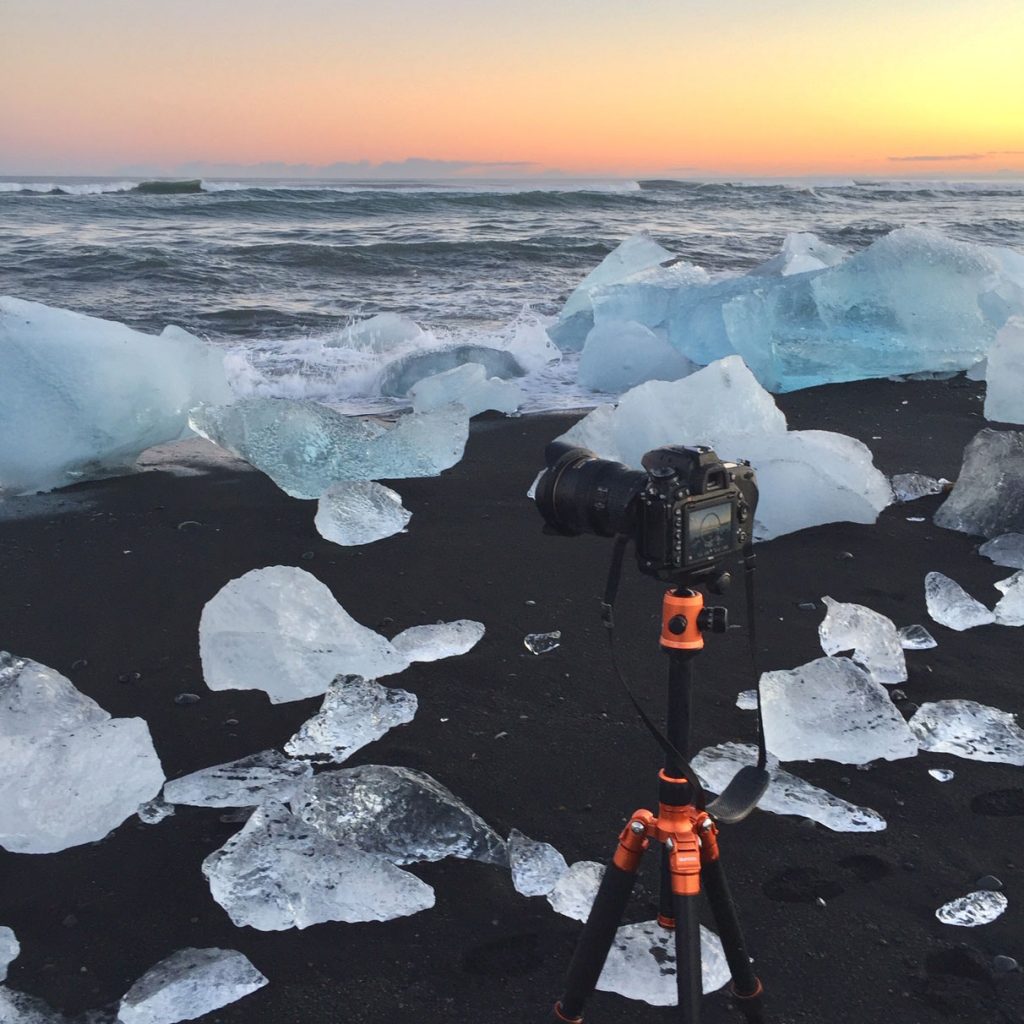
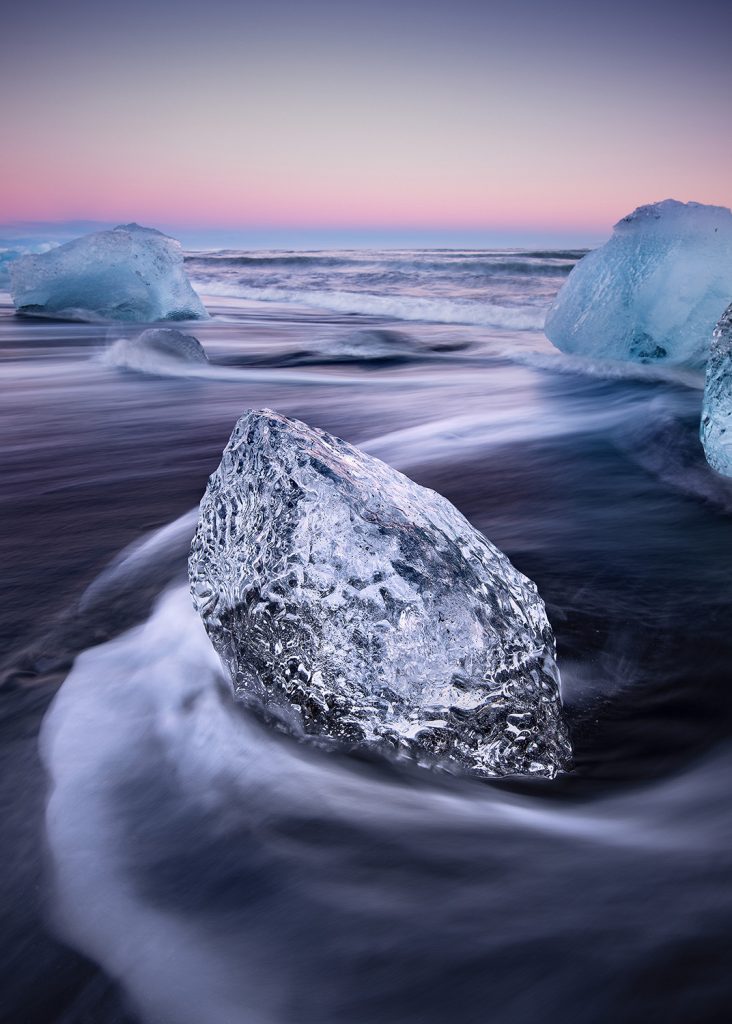
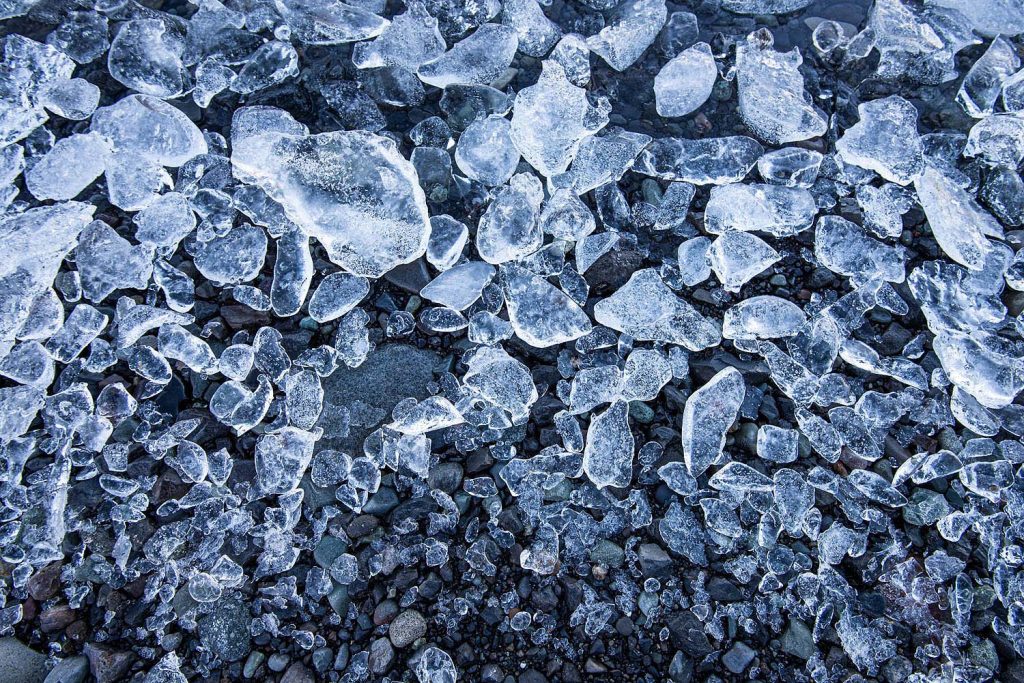
Dyrholaey Lighthouse
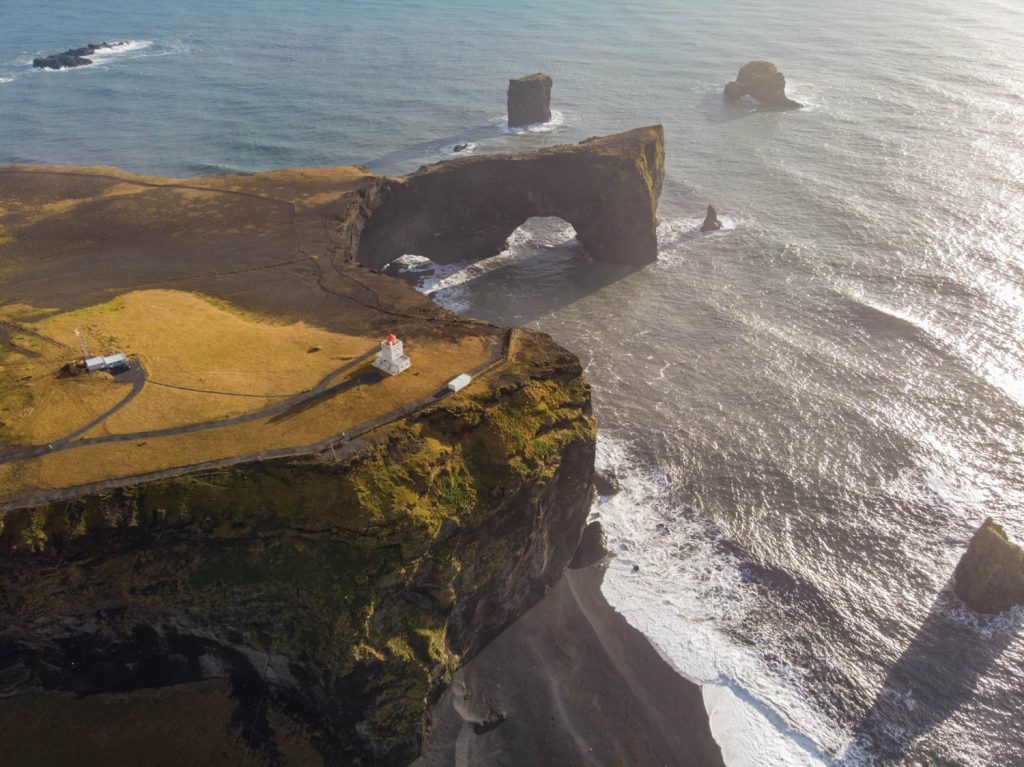
Reynisfjara Black Sand Beach
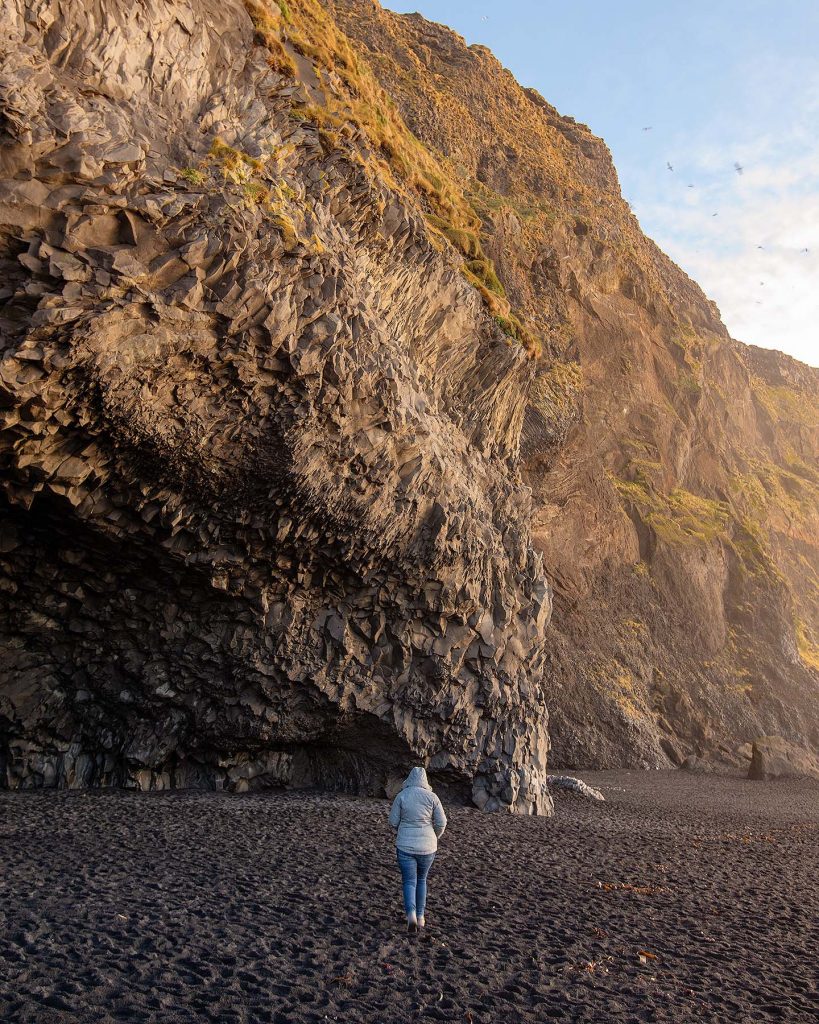
Fjaðrárgljúfur Canyon
If you can pronounce the name of this beautiful Icelandic canyon, I applaud you, because I sure as hell can’t! Unfortunately due a huge influx of tourists visiting in the past few years and trampling the vegetation, the canyon has been closed on and off over the last year. Would advise checking (either Tripadvisor or directly with the park) before coming.
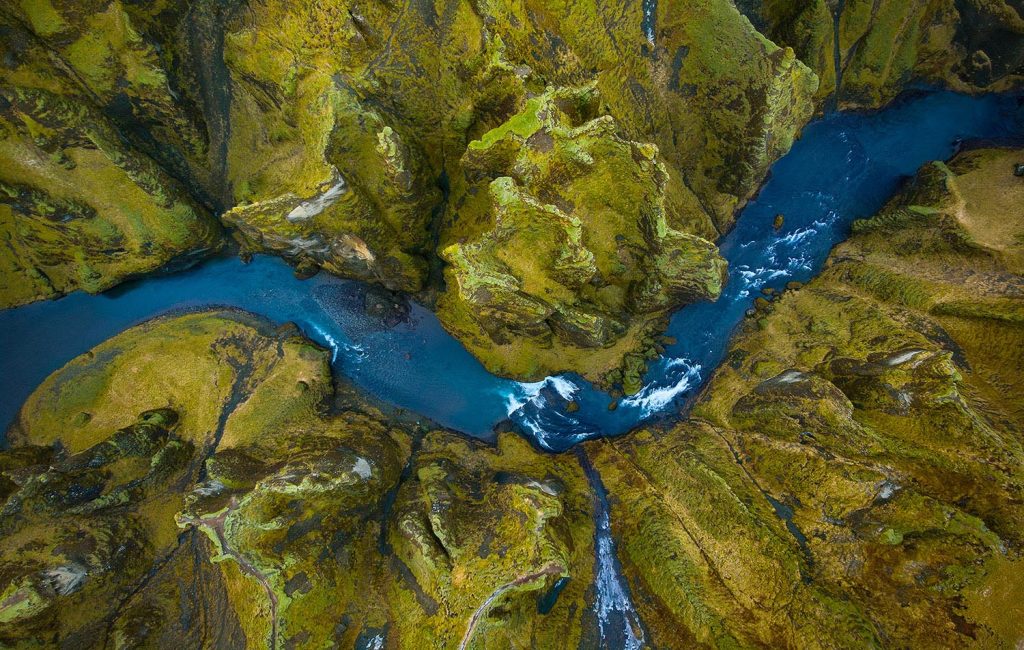
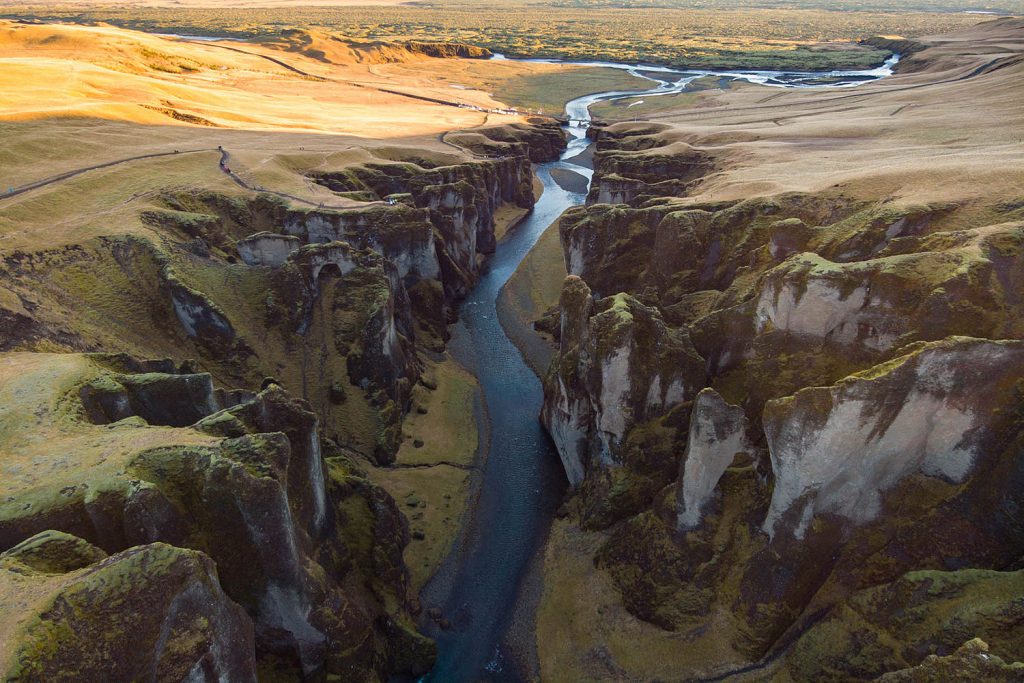
Vestrahorn (Stokknes)
Iconic, and beautiful all year round. There is a small fee to drive your car down to the main area, but you can also just park the car at the main car park and walk (about 1.5km, 15 minute walk).
Unfortunately in the 4 times I’ve been here, the sky has been completely clear – however, I recently came away with an image of horses wandering around, which was super unexpected and I’m very happy with!
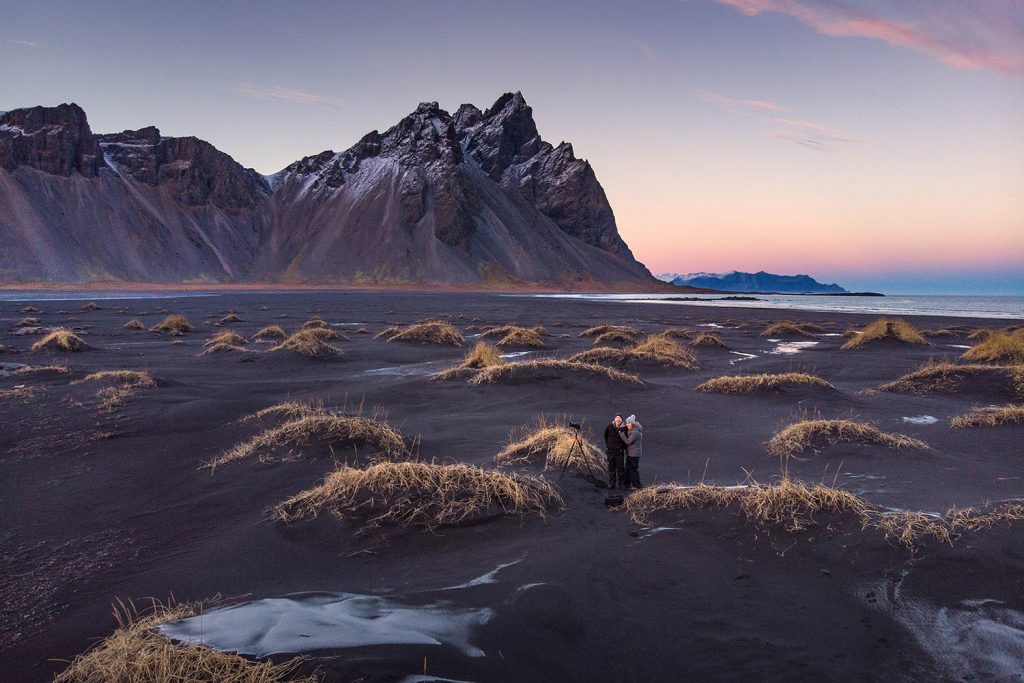
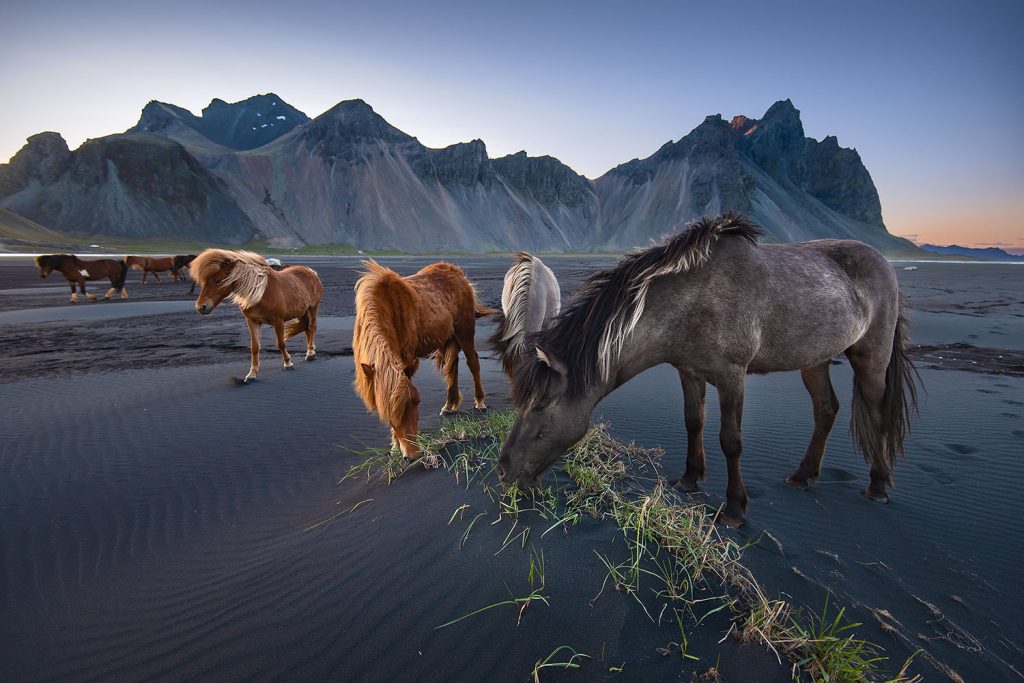
Eystrahorn
Further up the east coast from Vestrahorn is Eystrahorn (search for Hvalnes Lighthouse in Google Maps). Alot less visited (0 people were there when we did) and just as beautiful.
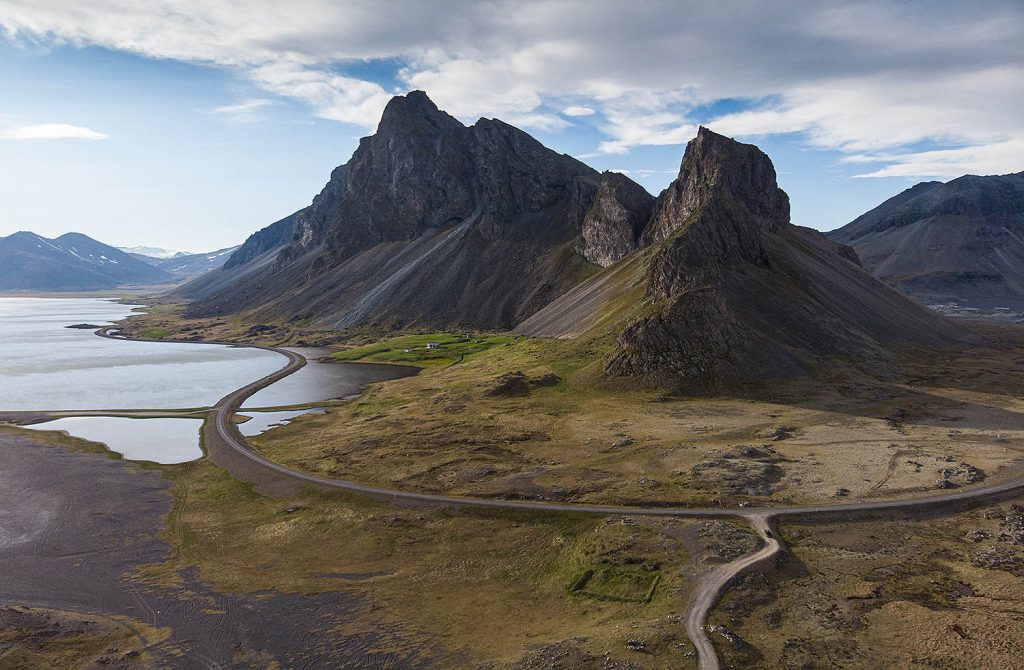
Lupine fields in spring
These are literally all over the island in spring – you can’t miss them. I found a huge area of them in the south, and photographed them during the midnight sun (below images were taken approx midnight).
